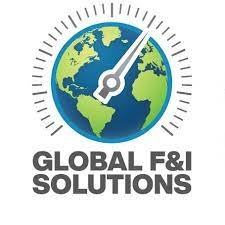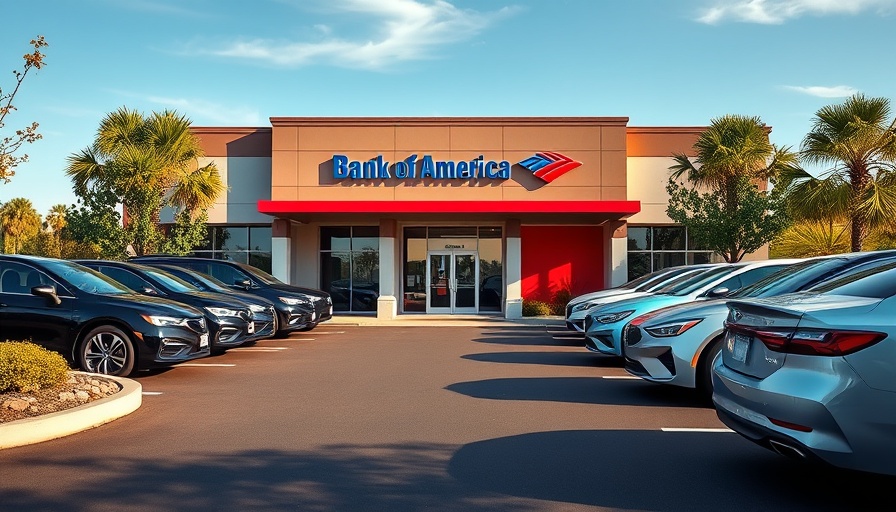
Understanding the Shift: Why Digital Transformation Matters
The auto finance and retail industries are undergoing a significant transformation, with digital documentation and back-office strategies becoming integral to their operations. The recent report from the Auto Finance Digital Transformation Index highlights a remarkable 32 percent increase in digital workflow adoption in 2024 compared to the previous year. Although there was a small 2 percent dip from the third to the fourth quarter, the long-term trend shows a steadfast movement away from paper-based processes, illustrating the industry's commitment to modernization.
This evolution is crucial for auto lenders and retailers aiming to enhance operational efficiency, reduce costs, and markedly improve customer experiences. As these players increasingly recognize the value of digital assets, the implications for efficiency and customer satisfaction are profound.
Current Landscape: Auto Sales and Digital Strategies
In conjunction with the digital transformation, the auto market in the United States ended 2024 on a high note. New-car and light-truck sales reached an impressive 16 million units—a 2.5 percent increase from the previous year. This resurgence has provided an environment ripe for investment in digital tools, which align seamlessly with the market's upward trajectory.
In this context, auto retailers and lenders are integrating digital technologies into their strategies, thereby streamlining operations and positioning themselves advantageously for the future. The growth in digital adoption not only reflects a tactical shift but also conveys an industry-wide understanding of the long-term benefits associated with embracing technology.
Analyzing the Sluggishness in the Securitization Market
While there has been a positive movement in many areas, the Q4 Index reported an 18 percent decrease in the digitization adoption rate for securitization markets compared to Q3. This decline, coupled with a 15 percent decrease year-over-year, signifies the challenges that certain sectors are experiencing amidst a generally upbeat market. However, the enduring increase of 55 percent in digital adoption for securitizations over the past four years showcases a broader and more resilient trend in digital integration.
Implications for Stakeholders: Adapting to a New Era
For stakeholders—dealership principals, general managers, and Fixed Ops directors—the message is clear: embracing digital documentation and operational strategies is no longer optional. The prospective benefits are manifold:
- Efficiency Gains: Adopting digital workflows can drastically reduce the time and resources spent on traditional paper-based documentation.
- Cost Reduction: Moving away from paper systems allows businesses to minimize costs related to printing and storage.
- Enhanced Compliance: Digital processes reduce the risk of human error and enhance compliance with regulatory requirements.
- Improved Data Management: Better data analytics capabilities through modern systems enable enhanced insights into market trends and consumer behaviors.
The Path Forward: Building on Momentum
The road ahead for the auto finance sector is promising, with digital transformation recognized as critical to excelling in a highly competitive landscape. As auto lenders and retailers continue to prioritize technology adoption—moving toward scalable and user-friendly solutions—they position themselves not just for nurturing operational resilience but also for vastly improved customer experiences.
Collaboration among lenders, retailers, and technology providers is vital in this journey. By fostering innovation and adopting best practices in digital documentation and back-office strategies, stakeholders can navigate the changing dynamics of the auto finance landscape successfully.
In conclusion, the progression we’ve observed in Q4 2024 underscores the necessity for ongoing investment in digital strategies. Stakeholders must remain proactive in leveraging these technological advancements to secure a robust future. For those interested in refining their approach to auto financing and exploring optimal solutions, utilizing tools such as the used car financing calculator can bring clarity and facilitate informed decisions—fostering enhanced experiences for all involved.
 Add Row
Add Row  Add
Add 




Write A Comment